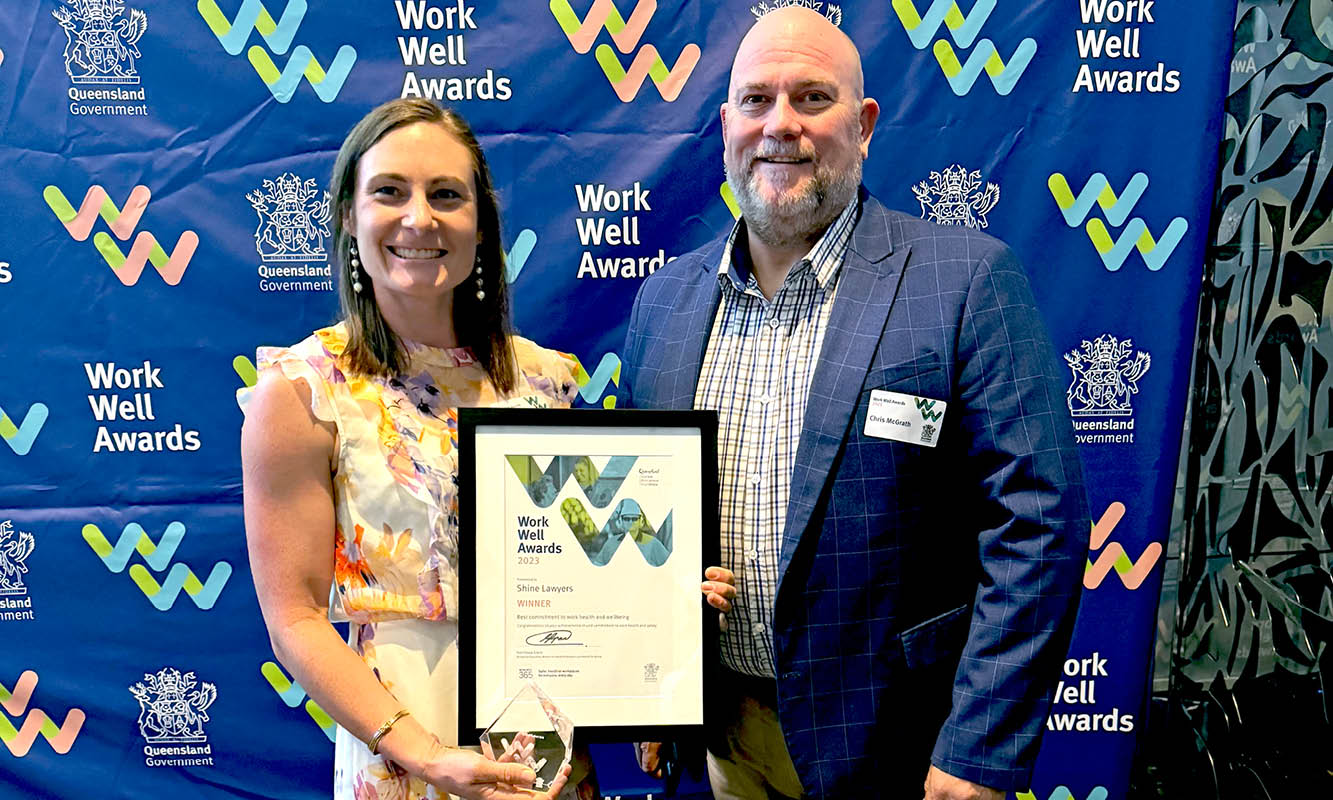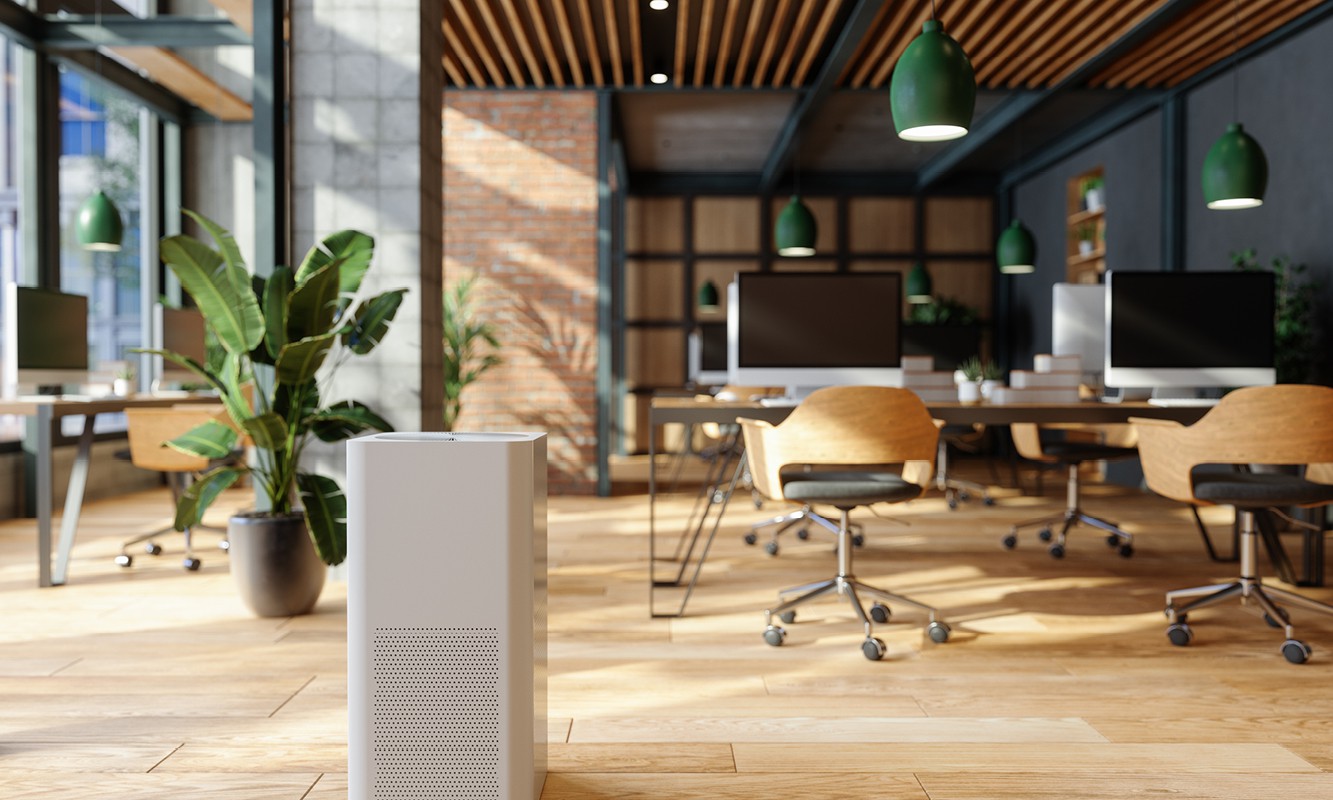While COVID-19 has impacted on almost every aspect of modern life and society, one of the biggest changes to our work lives has been the abrupt switch to working from home for most people. While #wfh is not a new concept, the fact that it is now the norm for many has caused unprecedented difficulties in our interactions with key stakeholders, and potentially, family members.
A further challenge is the sudden lack of a natural transition between personal and work life. Psychologists describe these transitions as “boundary-crossing activities’,[1] or moving past an invisible demarcation line which help us to maintain our professional and personal identities separate and intact.
What can you do to avoid increasingly blurred lines between the responsibilities and tasks you have in your professional role, and those you have at home? Here are some tips and techniques that can help you reduce stress, be fully present in all areas of your life, and be the best version of yourself both ‘at home’ and ‘at work’ – even if technically, both occur in the same geographical location.
- Set up a dedicated workspace which you use only for the purpose of work-related activities. This also helps with setting clear boundaries for family members or others you share a home with; when you’re in your workspace, you are as unavailable to them as you would be if you still worked in the office. While you may need to break up your work hours into several blocks to make time for childcare and home-schooling, remember that the more you are trying to constantly switch between the two and multi-task, the more stressful it is likely to be. If possible, try to establish clear boundaries between family time and work.
- Have a start and wrap-up routine. Certain activities and tasks you routinely perform just before and after work can become your ‘transition activities’ that help you to switch between different modes of being. For example, your starting routine could involve a walk or short work-out, followed by a shower and a cup coffee as you settle at your desk. Wrapping up at the end of the day could include a final check to ensure you have responded to all critical email, setting yourself important reminders for the next day, switching off your computer and leaving the desk. Over time, your brain will learn to associate these routines with the signal to transition from ‘home you’ to ‘work you’, and back again.
- Dress for the occasion. The clothes we are wearing can communicate a strong signal – to others as well as to ourselves. Not wearing active wear or (heaven forbid, sleepwear) when working from home will be helpful to avoid blurring lines between work, relaxation and gym-time. It also makes you look more professional in video conferences!
- Communicate your boundaries. There are several stakeholders you may have to confirm boundaries with, both at home and at work. If you are not alone when working from home, discuss rules about shared household and family responsibilities, including if, how and when you can be contacted throughout your work hours. To manage expectations and ensure smooth interactions with colleagues, it may help to let them know when you log on, are on a break or unavailable due to family / caring obligations, and when you log off. As many people are currently juggling both family responsibilities and work obligations, your interactions will be smoother when you are transparent about your availability and workload.
- Have lunch and small breaks away from your desk. When it’s time for a break to clear your mind, stretch your legs or eat something, get away from the work space as you would in an office environment. If you struggle with this, check in with yourself: do you believe that you don’t deserve breaks if you are working from home? If so, what is the source of this perception, and how is the lack of rest impacting on your productivity and energy levels? Remember that your normal breaks in the office may also have included personal chats with colleagues. Make sure you maintain these meaningful connections and keep checking in with your colleagues and work friends.
- Decompress after work. Our commute back home used to give us time to prepare mentally and emotionally for coming back to our ‘home selves’, leave work behind us and let go of unfinished tasks. Find an alternative way to decompress after a day of working from home, eg a walk or run after work, cooking dinner with the family, or listening to your favourite music.
If you would like to learn more, don’t hesitate to reach out to the QLS Solicitor Support service on ethics@qls.com.au or p. 3842 5843 to speak to someone in a judgement-free and supportive environment.
Rebecca Niebler is QLS’s Organisational Culture and Support Officer, QLS Solicitor Support (QLS Ethics and Practice Centre)
12 May 2020
[1]<https://www.researchgate.net/publication/228079856_All_in_A_Day’s_Work_Boundaries_and_Micro_Role_Transitions>.














Share this article